Table of Contents
Overview – Well-Woman’s Health Check
The well-woman check is a vital component of preventative healthcare for women of all ages. It encompasses a comprehensive review of reproductive and sexual health, routine cancer screening, contraception, and STI testing. This consultation may involve history taking, breast examination, Pap smear, pelvic exam, and targeted education. This guide covers key questions, examination steps, and patient education tips – highly examinable in OSCEs and general practice rotations.
History Taking
Menstrual History
- Age of menarche and menopause (if relevant)
- LMP – When was the last period? Was it normal?
- Cycle regularity
- Normal = ~28 days, ~5-day duration
- Irregular periods may suggest PCOS, anorexia, fibroids, PID
- Bleeding patterns:
- Menorrhagia, amenorrhoea, intermenstrual bleeding
- Pain:
- Dysmenorrhoea (painful menses)
- Dyspareunia (painful intercourse, e.g. endometriosis)
- Associated symptoms: discharge, fever, abdominal pain
Sexual History
- Are you sexually active?
- Male/female/both partners?
- Number of partners in past 6–12 months?
- STI history, last screen, and treatment
- Safe sex practices
Contraceptive History
- Current method? Duration? Compliance?
- Understanding and side effects
- Past contraceptive use
- Use of barrier methods
Gynaecological History
- Up-to-date Pap smears?
- Completed Gardasil (HPV) vaccine series?
- Any prior abnormal smears or colposcopies?
- Gynaecological surgeries (LLETZ, cone biopsy, hysterectomy, etc.)
Additional History
- Obstetric: Gravida, Para, live births, C-sections, miscarriages
- Medical/surgical history
- Medications & allergies
- Social history, smoking, alcohol
- System review for other symptoms
Examination Steps
Intro & Consent
- Confirm purpose of visit and gain informed consent
- Ask if patient would like to proceed with Pap smear, STI screen, and/or breast exam
- Offer chaperone, explain privacy and right to withdraw
- Ask patient to undress privately, cover with drape
1. Breast Examination
General Inspection
- Position: Sitting, arms at side, then:
- Hands on hips
- Shoulders rolled forward/back
- Arms raised overhead
- Look for:
- Skin changes (e.g. peau d’orange)
- Nipple inversion, discharge
- Masses, tethering, asymmetry
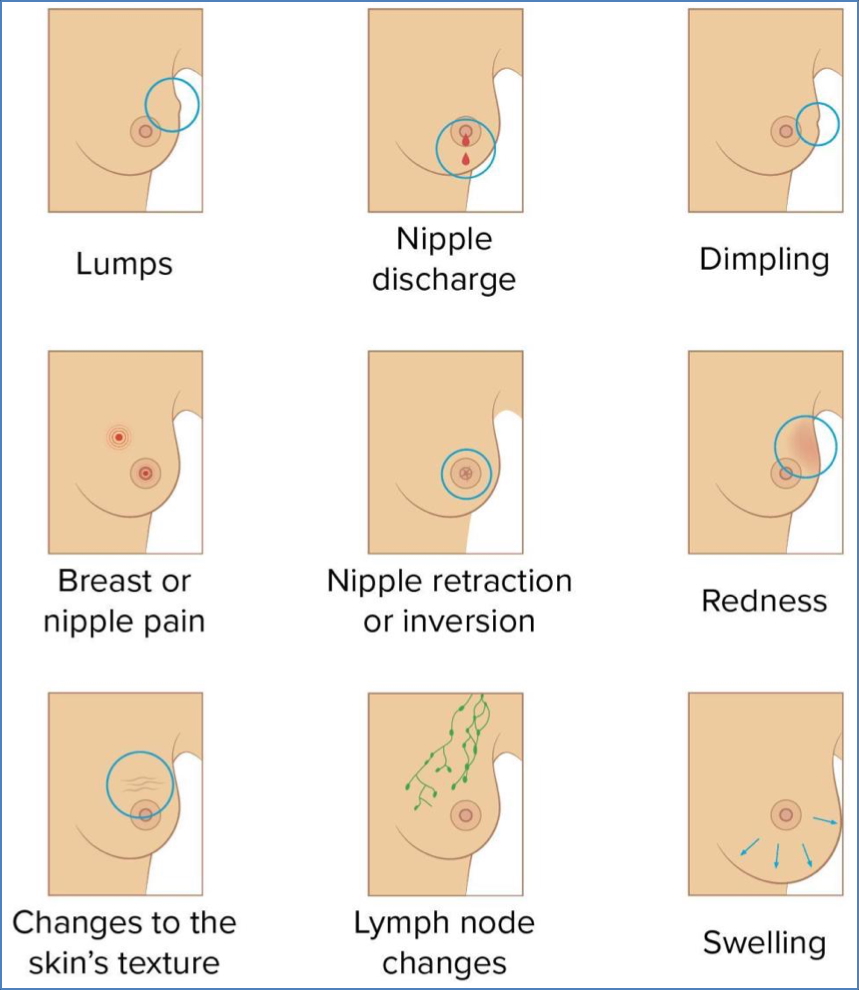

2. Source: https://www.pinkribbon.org.pk/
Palpation
- Lymph nodes (supraclavicular, axillary groups)
- Supine, hand behind head →
- Systematic vertical zig-zag palpation
- Assess for discrete masses vs normal nodularity
- Subareolar masses or nipple discharge
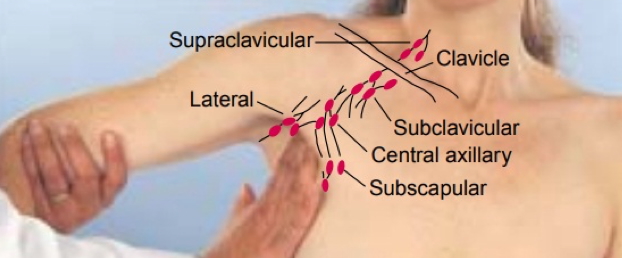
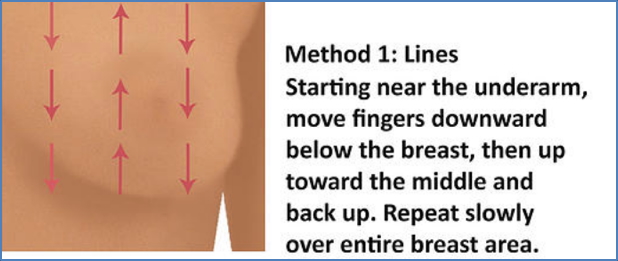
Patient Education
- Encourage self-breast exams
- Emphasise >90% of cancers have no family history
- Screening mammogram: every 2 years age 50–74
2. Pelvic Examination
External Inspection
- Touch inner thigh before starting
- Inspect labia, clitoral hood, urethra, vaginal opening, perineum, hair pattern
- Ask patient to bear down to assess for prolapse
- Look for Bartholin’s cysts, ulcers, pigmentation
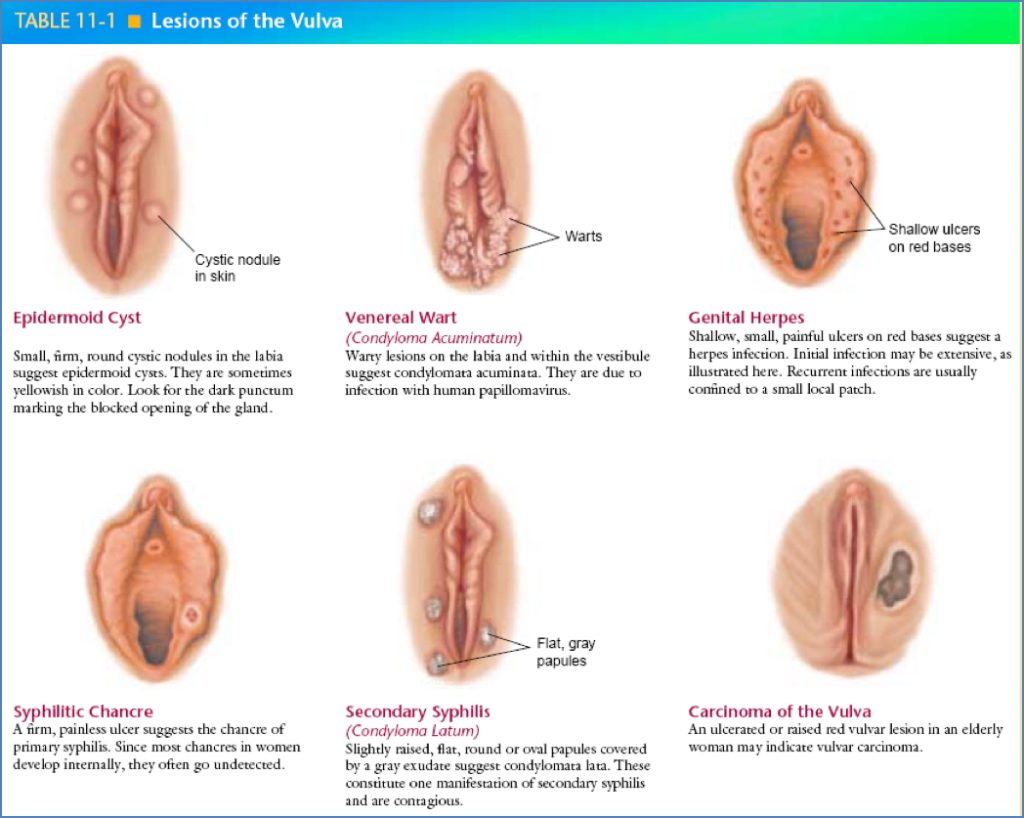
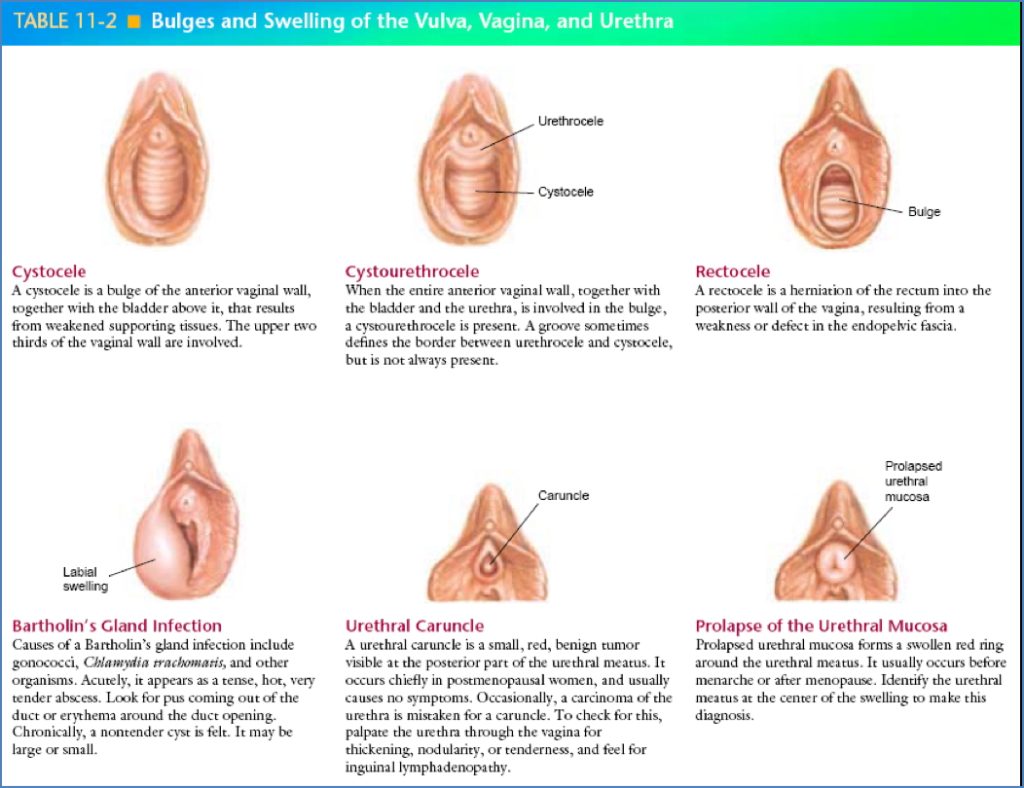
Speculum Exam & Pap Smear
- Apply lubricant posteriorly
- Insert speculum posteriorly and angle downward
- Visualise cervix
- Collect Pap smear and STI swabs
- Note:
- Cervical position, parous vs nulliparous
- Discharge or cervical lesions
- Vaginal atrophy or ruggae
- Spray sample with fixative immediately
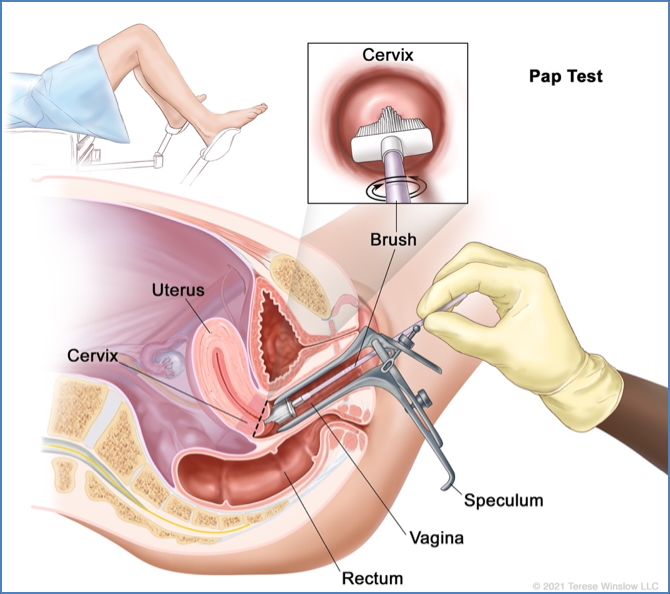
Bimanual Examination
- Insert 2 fingers, palpate uterus and adnexa
- Use abdominal hand for uterine contour, size, mobility
- Assess for cervical motion tenderness or adnexal mass
- Offer rectal exam if indicated
- Conclude: “Everything appears healthy and normal.”
- Provide tissues and leave room for redressing
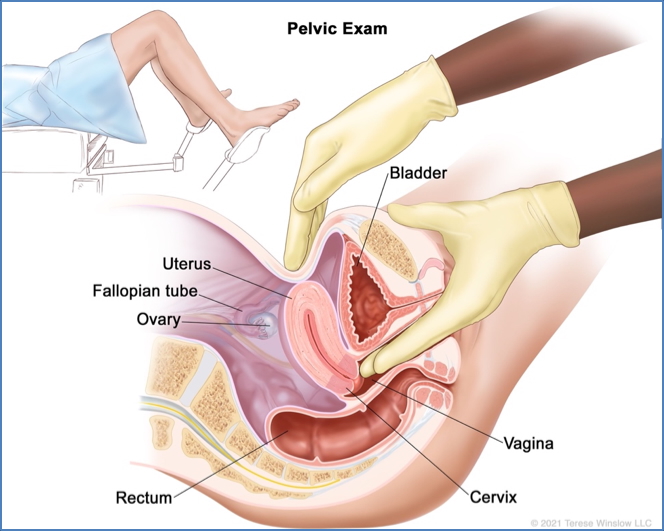
Post-Exam Education
- Pap smear results expected in one week
- May experience mild spotting
- Offer registration on Pap smear reminder register
- Reiterate guidelines:
- Pap every 2 years from 1–2 years after first intercourse
- Mammogram every 2 years from age 50–74
- STI testing guidelines:
- Annual screening for <25s or high-risk patients
- High vaginal swab or urine sample for Chlamydia/Gonorrhoea
- Offer contraception advice as needed
- Ask: “Any questions or concerns?”
Summary – Well-Woman Check
The well-woman check is a preventive visit focusing on reproductive health, menstrual history, cancer screening (breast, cervical), sexual history, and contraception. It involves a breast and pelvic exam, Pap smear, and STI screening where appropriate. Encourage patient-led health maintenance and ensure follow-up plans are in place. For a broader overview, see our Clinical Skills Page.